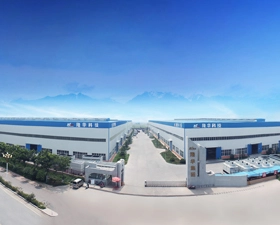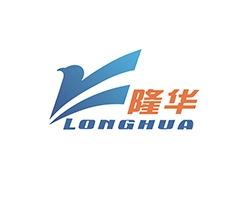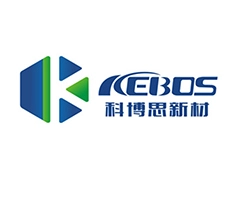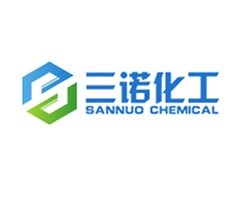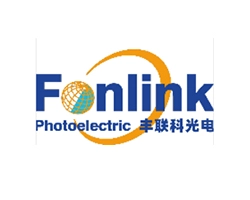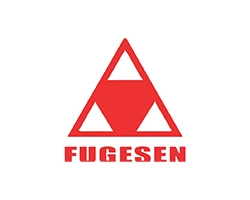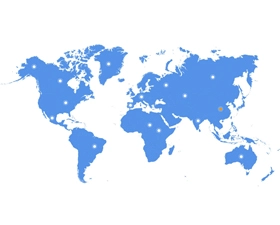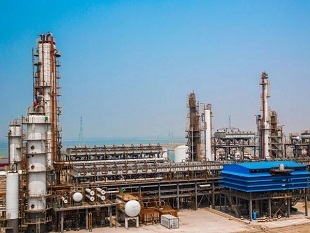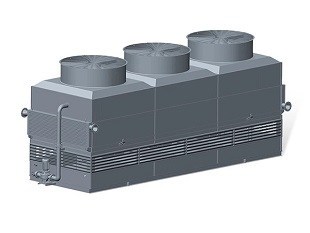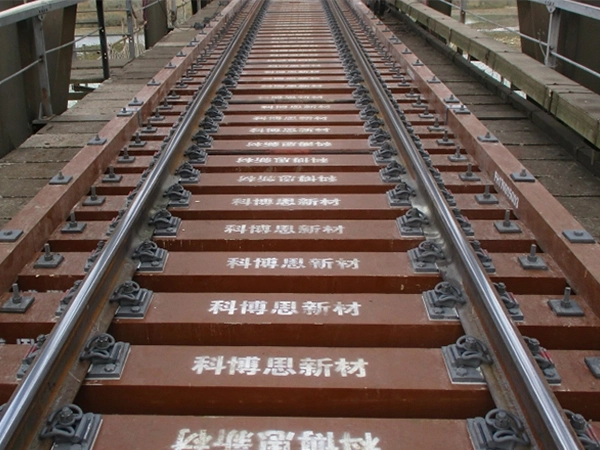Definition of PHE Plate Type Heat Exchanger:
The plate heat exchanger is a highly efficient heat exchange system consisting of multiple metal sheets with specific corrugations. The arrangement of these sheets creates thin rectangular channels that facilitate effective heat exchange.
Types of Plate Style Heat Exchanger:
There are primarily two types of plate heat exchangers - detachable plate heat exchangers and fully welded plate heat exchangers. Fully welded plate heat exchanger employs welded seals design, eliminating the pressure and temperature limitation of detachable plate heat exchangers with rubber gasket seals and improving equipment reliability.
There are three types of plates used in these heat exchangers - herringbone corrugated plates, horizontal straight corrugated plates, and nodular plates.
Composition of Plate and Fin Heat Exchanger:
A plate-fin heat exchanger consists of three main components - fins, partitions, and seals. The fins are placed on one partition, then another partition is placed on top, and both sides are enclosed by seals to form a channel. These channels are stacked and arranged in various configurations and then brazed together to form the core-plate bundle unit of the plate-fin heat exchanger.

Plate-fin heat exchanger belongs to dividing wall type heat exchanger. In terms of the heat transfer mechanism, its biggest feature is its extended secondary heat transfer surface, so the heat transfer process is not only carried out on the primary heat transfer surface but also on the secondary heat transfer surface simultaneously, and the secondary heat transfer area is larger, usually 1.5 - 3 times the primary heat transfer surface area. The plate-fin heat exchanger has the secondary heat transfer area, which is incomparable to other heat exchange equipment.

In 2007, Longhua Technology Group (Luoyang) Company established the Tubular Heat Exchanger Division. Based on the guiding ideology of "High Starting Point, High Standard, High Quality and Continuous Innovation", the plate heat exchanger company has accelerated the pace of technology industrialization and successfully launched a series of high-efficiency and compact plate heat exchanger products to meet the market demand, thereby providing clients with high cost-effective heat exchange solutions according to different process conditions (pressure, temperature, medium, etc.).
Longhua Plate Heat Exchange Products:
LHWP Series Fully-Welded Plate Heat Exchangers
LHWP-F - F-type Fully Welded Plate Heat Exchanger (WPHE of Flex Modal)
LHWP-R - R-type Fully Welded Plate Heat Exchanger (WPHE of Removable Modal)
LHWP-B - B-type Fully Welded Plate Heat Exchanger (WPHE of Compact Block Modal)
LHWPE - Fully Welded Plate Evaporator
LHWPR - Air Preheater/Regenerator (WPHE For Recover Energy)
Technical Data
Type | Maximum Design Pressure | Maximum Design Temperature | Maximum Heat Transfer Area | Plate Material | Detachable | Application |
Liquid-liqui | Vapor-liquid | Gas-liquid | Gas-gas | Evaporation | Condensation |
LHWP-F F-type Fully Welded Plate Heat Exchanger WPHE of Flex Modal | 5.0MPa | 600℃ | 5000m2 | Stainless steel, titanium, 2205,254 etc. |
| √ | √ | √ | √ | √ | √ |
LHWP-R R-type Fully Welded Plate Heat Exchanger WPHE of Removable Modal
| 4.0MPa | 600℃ | 1000m2 | Stainless steel, titanium, 2205,254 etc. | √ | √ | √ | √ |
| √ | √ |
LHWP-B B-type Fully Welded Plate Heat Exchanger WPHE of Compact Block Modal | 3.0MPa | 300℃ | 300m | Stainless steel, titanium, 2205,254 etc. |
| √ | √ | √ | √ | √ | √ |
B-type Full Welded Plate Heat Exchanger (Compact Block Modal)
Structural form | Square shell for compact structure; connection by square flange, facilitating mechanical cleaning and maintenance; |
Design temperature | ≤ 300℃; |
Design pressure | ≤ 3.0 MPa; |
Plate material | stainless steel, titanium, 2205, 254, etc.; |
Plate thickness | 0.7 - 1.0 mm; |
Corrugated form | Fishbone shape, with bubble structure on both sides; |
Shell material | Carbon steel or other weldable materials; |
Process combination | Cross flow or reverse cross flow. |
Fully Welded Plate Evaporator
LHWPE fully welded plate evaporator is one of the new products launched by the Company in recent years. Compared with tubular evaporator, LHWPE has many advantages such as high heat transfer efficiency, compact structure, and unique distributor design, which is more conducive to film evaporation and so on. Falling film evaporation and rising film evaporation can be realized.
Technical Data
Structural form | Square shell, connected by square flange, facilitating mechanical cleaning and maintenance; |
Design temperature | ≤ 300℃; |
Design pressure | ≤ 2.0 MPa;; |
Plate material | stainless steel, titanium, 2205, 254, etc.; |
Plate thickness | 0.7 - 1.0 mm; |
Corrugated form | Bubble structure on both sides, without dead angle for cleaning; |
Shell material | Carbon steel or other weldable materials. |
Structure Type | Structure Diagram | Description |
LHWP-F F-type Fully Welded Plate Heat Exchanger (Flex Modal) | 
| It adopts conventional welding structure. |
LHWP-R R-type Fully Welded Plate Heat Exchanger (Removable Modal) | 
| It adopts self-developed patented technology (PAT.NO200920088339.6), Structural Characteristics: 1. The heat transfer core is composed of multiple groups of plate bundles inserted into each other, which can be disassembled for easier maintenance and cleaning. 2. The plate bundles are welded and connected with the header through the flat pipe, and the automatic welding of the weld seam is realized to the maximum extent, thus ensuring higher reliability. |
LHWP-B B-type Fully Welded Plate Heat Exchanger (Compact Block Modal) | 
| Multiple square plate bundles are superimposed, so the structure is more compact. The medium inlet and outlet are connected by square flange. Cross flow or reverse cross flow can be realized. |


 EN
EN
 jp
jp  ko
ko  fr
fr  de
de  es
es  it
it  ru
ru  pt
pt  ar
ar  tr
tr 